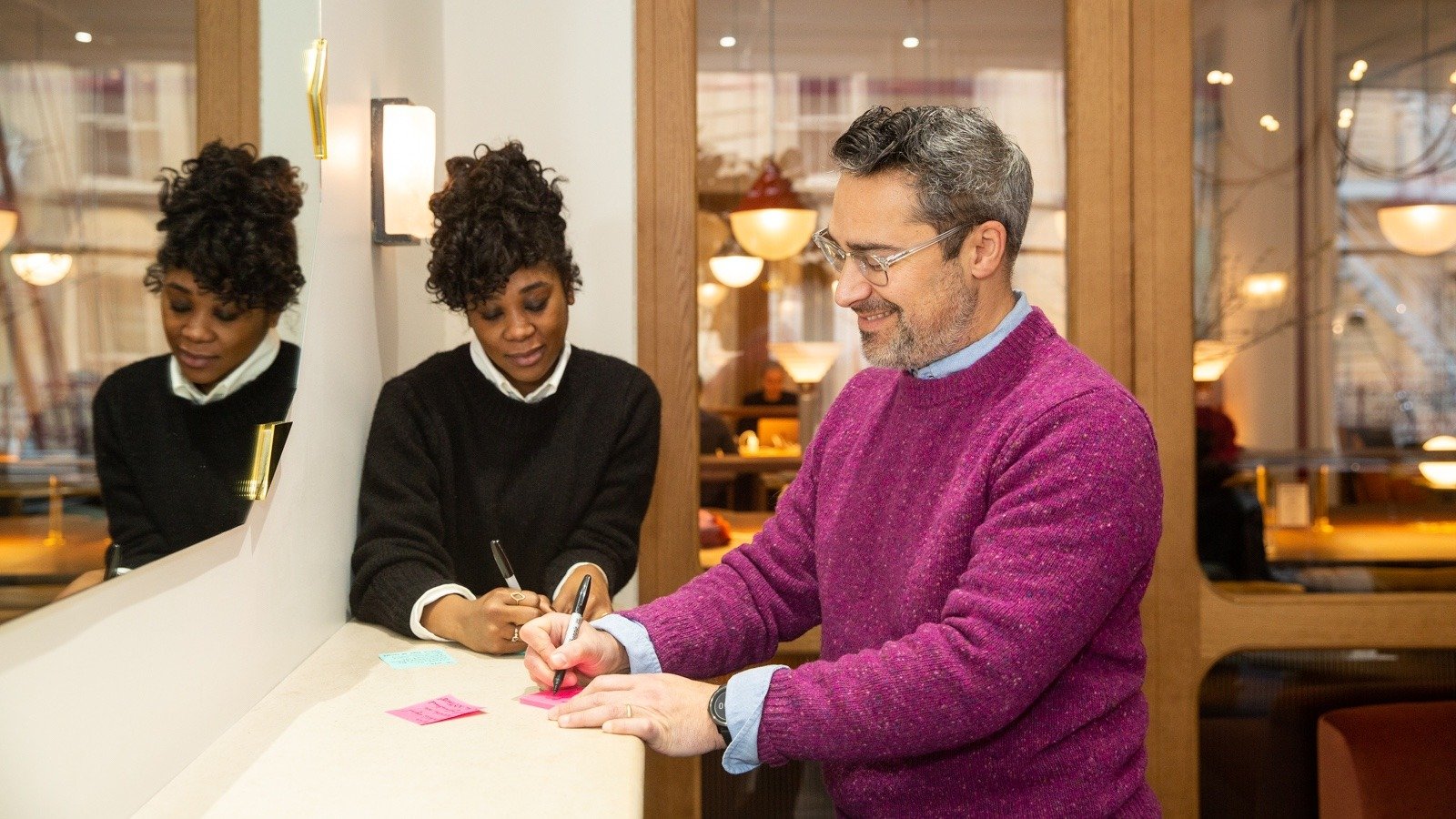Published November 24, 2020 | Updated April 26, 2021 | 3 minute read
This blog post is co-authored by Alexis Gonzales-Black and Keara Mascareñaz
When organizations think of inclusion and belonging, they often think about culture, bias, and talent. But decision making is a critical piece in supporting inclusion and belonging. Decision making is often where power lives (implicitly or explicitly) in teams and leadership.
A 2018 Cloverpop Decision Making Study found that:
- Inclusive teams make better business decisions up to 87% of the time.
- Teams that follow an inclusive process make decisions 2X faster with 1/2 the meetings.
- Decisions made and executed by diverse teams delivered 60% better results.
Focusing on decision making is essential because decision-making authority is a tangible example of how power flows in an organization. The more implicit and opaque decision-making processes are, the less able others are to influence the organization's direction. This powerlessness is bad for business (because people with useful data aren't being considered), and it's bad for employee engagement.
Good decision-making can drive inclusion through these practices.
- Driving decision ownership closer to the work: select decision owners based on criteria like expertise, proximity to the work, and impact of the decision, instead of title, tenure, seniority, which can often reinforce existing power structures and systemic bias.
- Mapping stakeholders: apply more rigor to stakeholder mapping, emphasize seeking insight from those most impacted. Listening to those most impacted by the work can help move power and voice to those who are often left out of the decision-making process.
- Explicitly selecting your decision-making method and naming it: Are you just going to make a call on your own? Seek advice? Aim for consent or drive for total consensus? Be deliberate when you select a decision method and name that transparently to others. Clear, explicit processes discourage legacy behaviors and politicking.
- Holding time for clarifying questions: before diving into reactions and advice, make space for questions and clarification. This one is reminiscent of Steven Covey's 'seek to understand before being understood.' Too often, we jump right into our reactions without even understanding the full proposal. This approach can create high stress and defensive decision making, and discourage less powerful people from speaking up for fear of the consequences. The small step of holding time for clarifying questions can encourage a more psychologically safe space and has the added benefit of improving the reactions and advice that come after.
- Hosting a reaction round: before making a decision, use a simple reaction round to hear from all voices and solicit diverse points of view.
- Decision Capture: communicate decisions to all stakeholders. Include the decision, decision owner, and rationale. This practice empowers more people with context and the "why," which helps generate better feedback and sets people up to execute decisions with greater confidence.
We encourage you to try the above practices with your teams. Suppose you aren't the team leader and don't have explicit authority to improve your team's decision-making practices. In that case, you can still take action to hold those in power accountable. These questions can start to raise awareness and shift behavior.
- Who is the Decision Owner for this decision? Why?
- How are you seeking advice from those who are impacted?
- What decision-making process will you be using?
- How will you be communicating the decision to stakeholders?
These August Practice Cards provide additional guidance on how to map stakeholders, select a decision owner, choose a decision method, run an advice process, and capture and communicate decisions. To learn more about decision making, check out our webinar offerings at aug.co/events.


.jpg)






